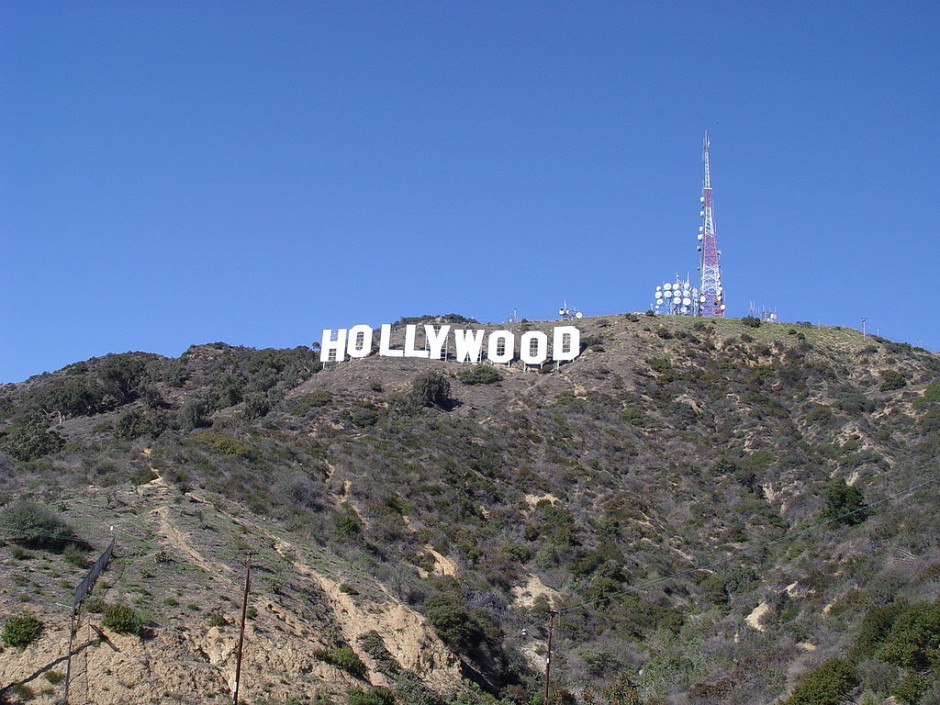He amassed the greatest known personal collection of Hollywood celebrity prints and negatives.
From the 193os to the 1950s, Russian Jewish immigrant Jack (Yasha) Pashkovsky photographed movie stars like Gary Cooper, Clark Gable, Peter Lorre, Judy Garland, Shirley Temple, Merle Oberon and Gloria Swanson.
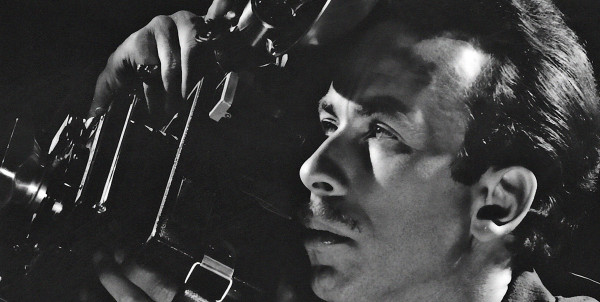
And he stored these photographs under his bed.
Pashkovsky, who died in 2001 at the age of 89, bequeathed them to Barry Avrich, a Toronto filmmaker. And now Avrich has made The Man Who Shot Hollywood, a 12-minute short about him scheduled to be screened at the Toronto International Film Festival on September 16 and September 20.
Paskovsky, a native of St. Petersburg, left Russia in 1917, the year of the Bolshevik Revolution, and landed on Ellis Island in New York City. He immediately fell under the spell of movie marquees and swashbuckling stars like Douglas Fairbanks Jr.
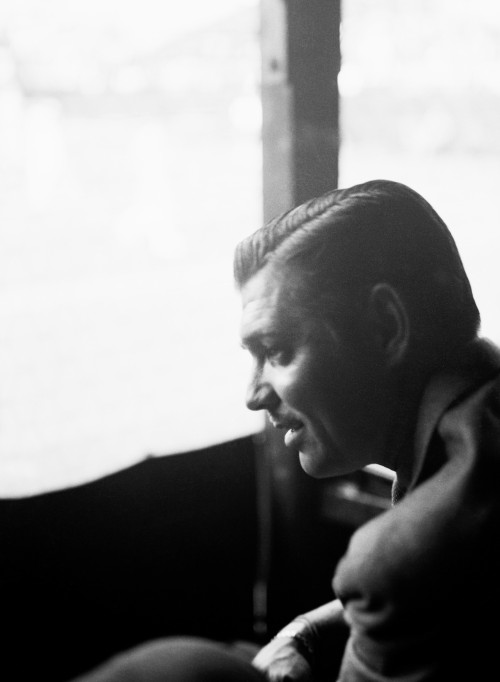
Swept away by the glamour and glitz of Hollywood, he went west, settling in Los Angeles in 1922. Hoping to become a cinematographer, he soon realized that the profession was closed to him because he was not a member of the union.
He took a job as a manual laborer at the Twentieth Century Fox movie studio, and during his off-hours, he frequented the haunts of the stars, the restaurants and cafes where they usually met for meals and drinks.
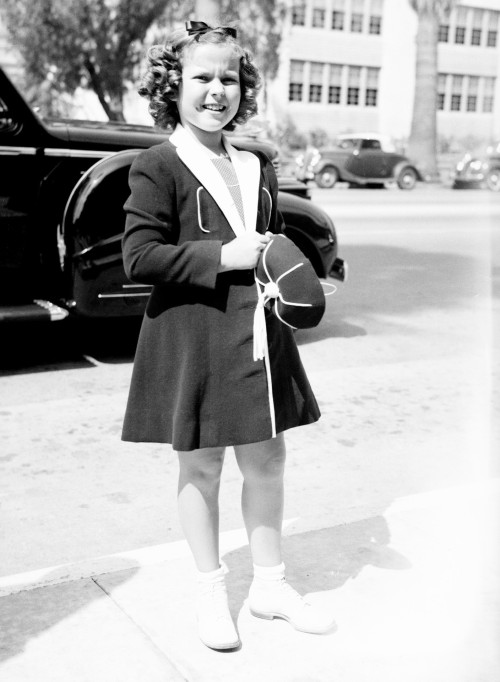
“Anywhere they were, I was,” he tells Avrich.
Although he was one of the first paparazzis, he had much better manners than the typical ones. ” I wasn’t pushy,” he says. “I always asked. No one said no.”
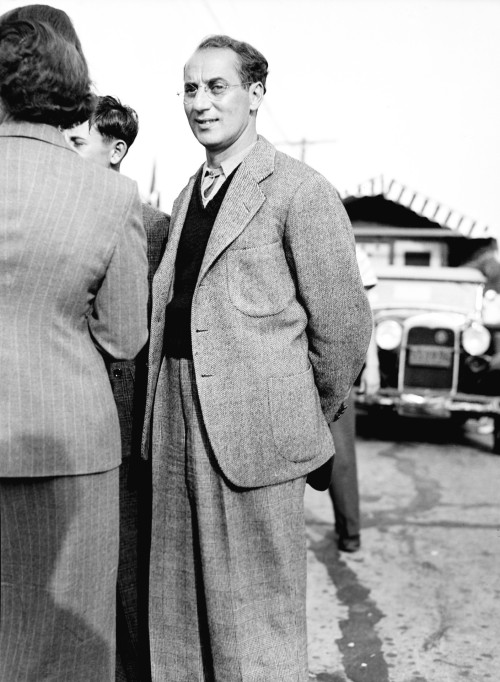
Since they knew him casually, his subjects always looked relaxed when Pashkovsky photographed them. As a result, his photographs were unpretentious and unadorned, capturing the stars in real life situations.
He never sold the photographs to film magazines. “I wasn’t a good seller,” he says, without elaborating. Nor does Avrich make an attempt to explain why this was the case.
Pashkovsky, however, made his own documentaries, and one of them, Rhythms of the Rails, filmed with a 16-mm camera, won a prize at the 1948 Cannes Film Festival.
Unable to profit from his encounters with the stars, Pashkovsky earned a living as a portrait photographer.
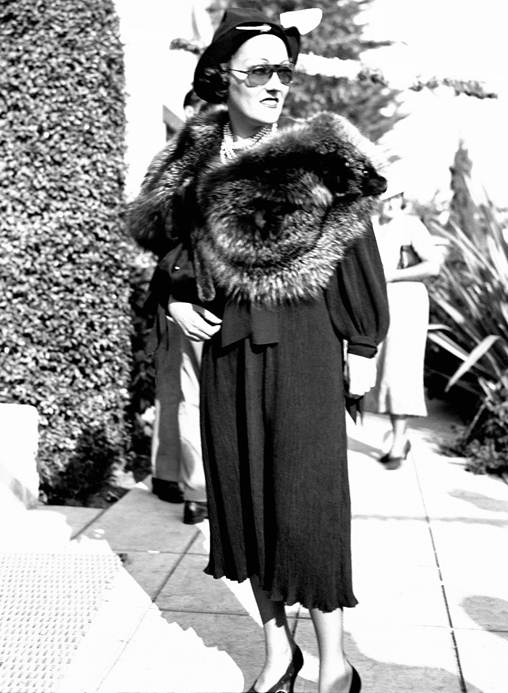
He and his first and only wife, a model and a waitress from Minnesota, lived together for 54 years. He was emotionally crushed by her death. Calling her the “love of his life,” he cries as he talks about her.
It’s the emotional high point of a film that sheds light on one of those Hollywood stories that resurrects its golden era.
